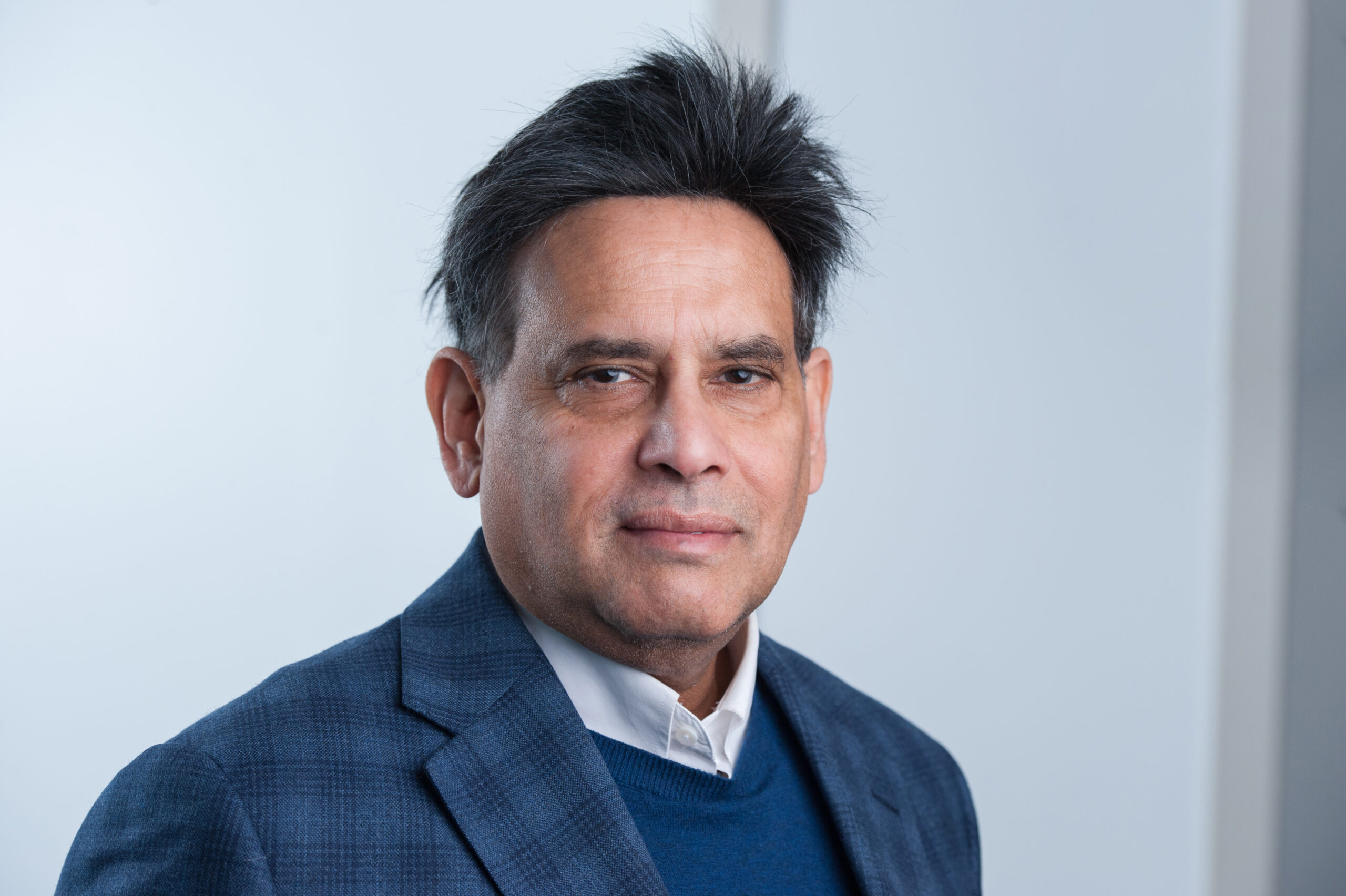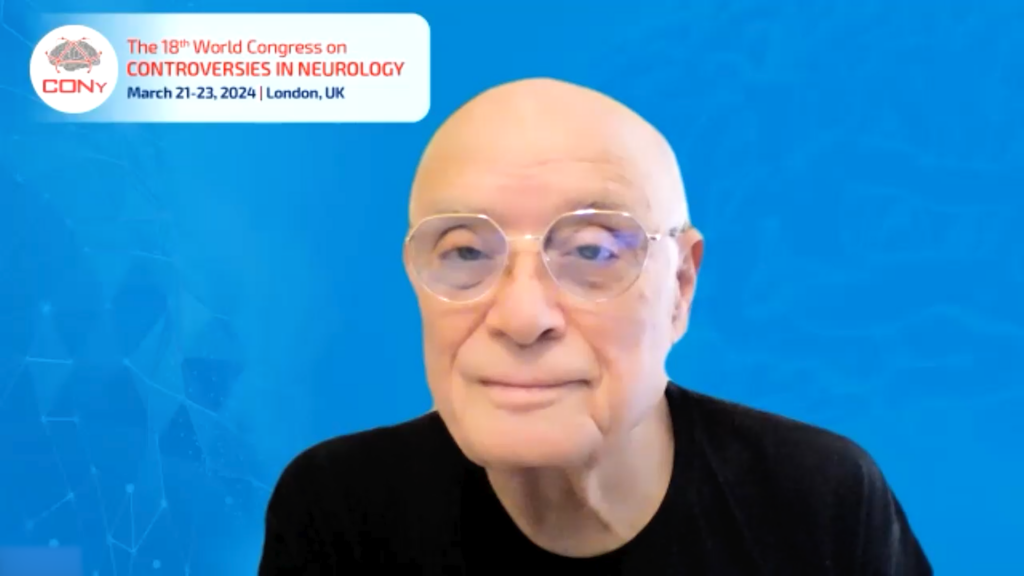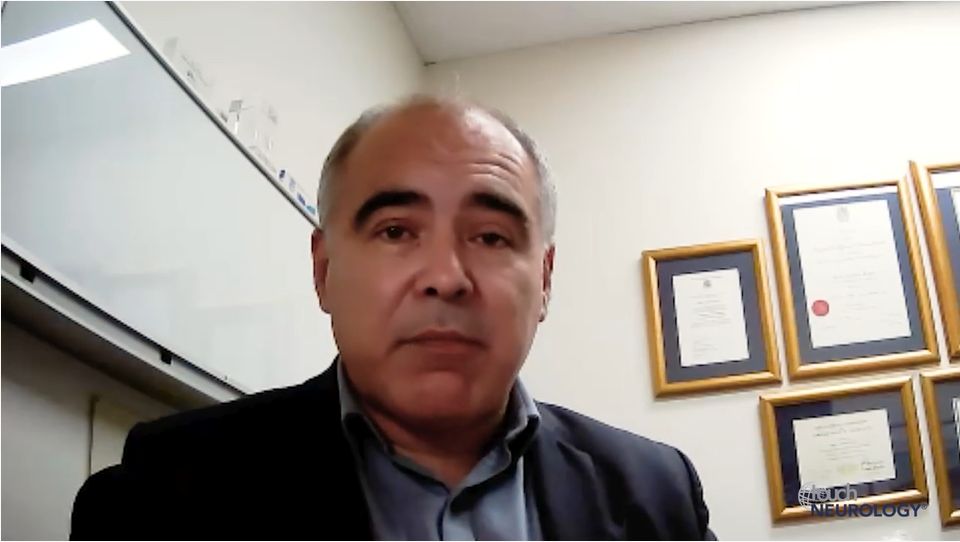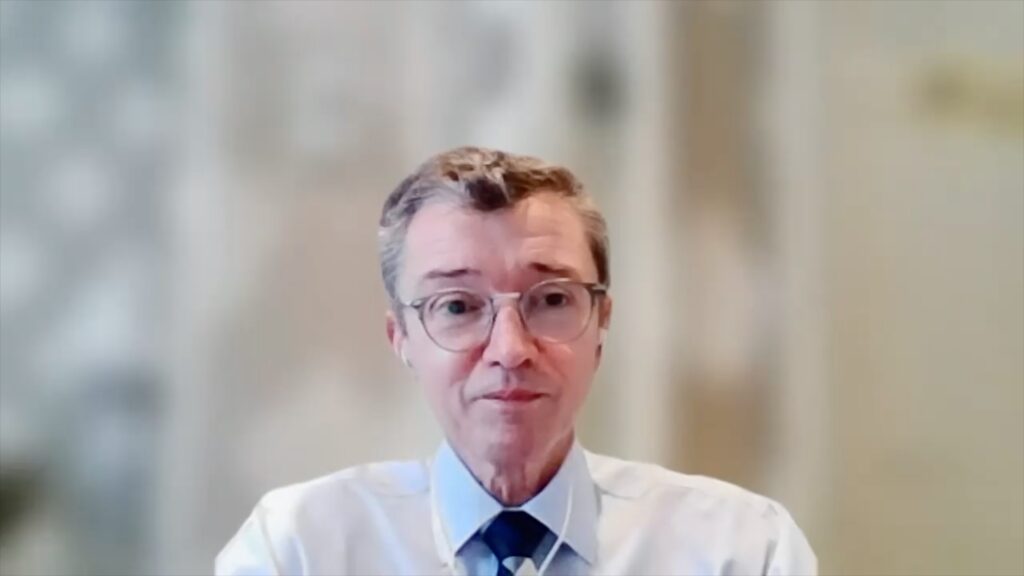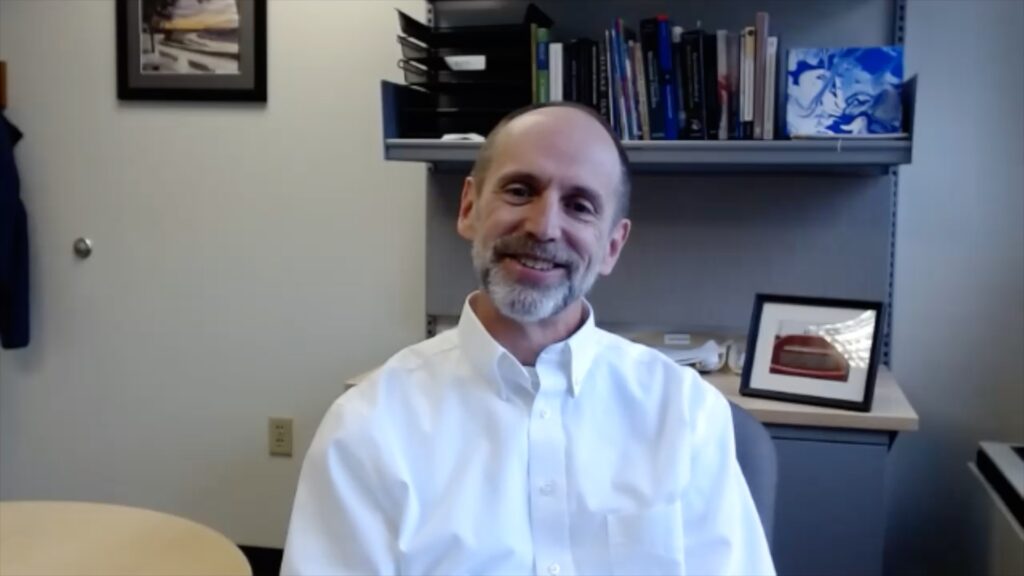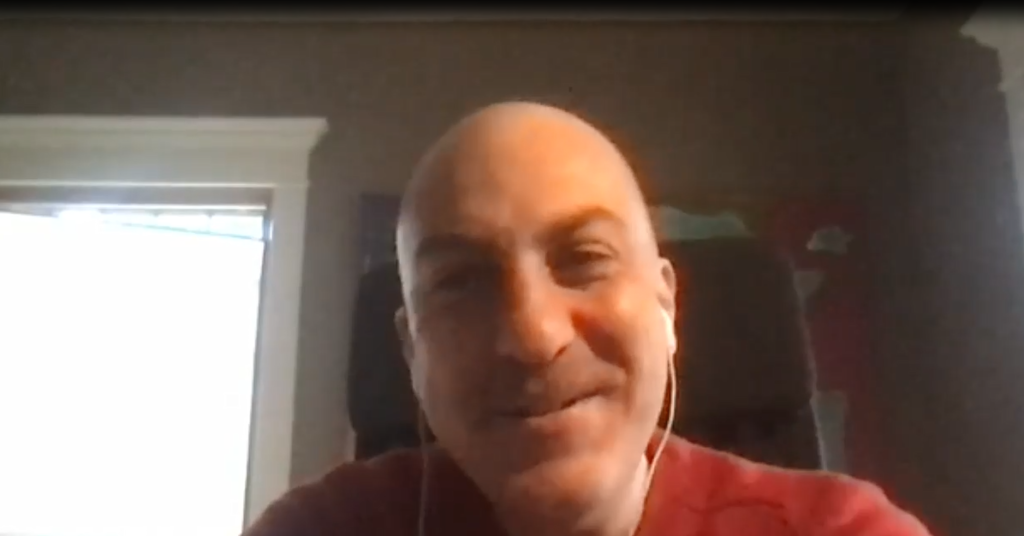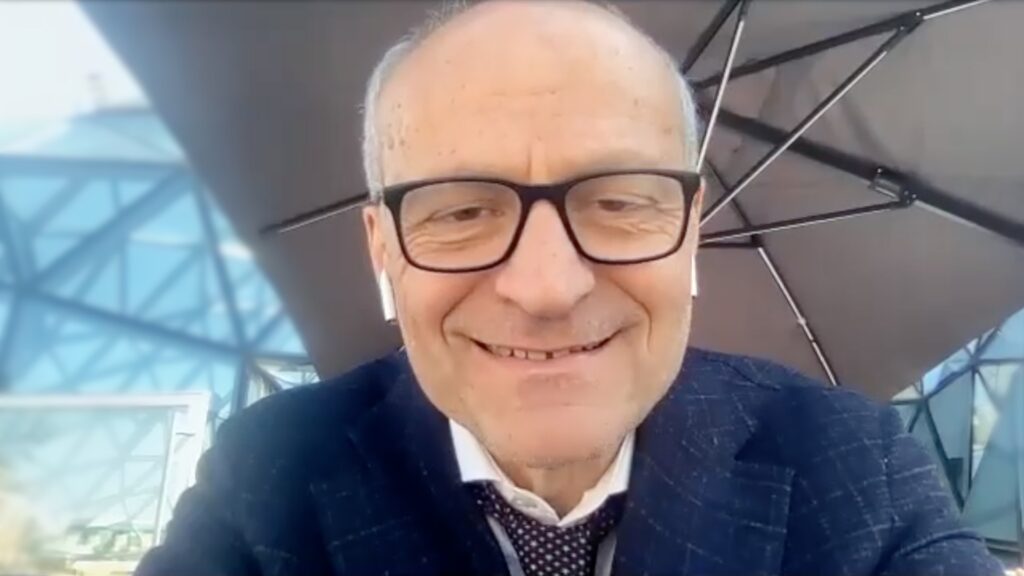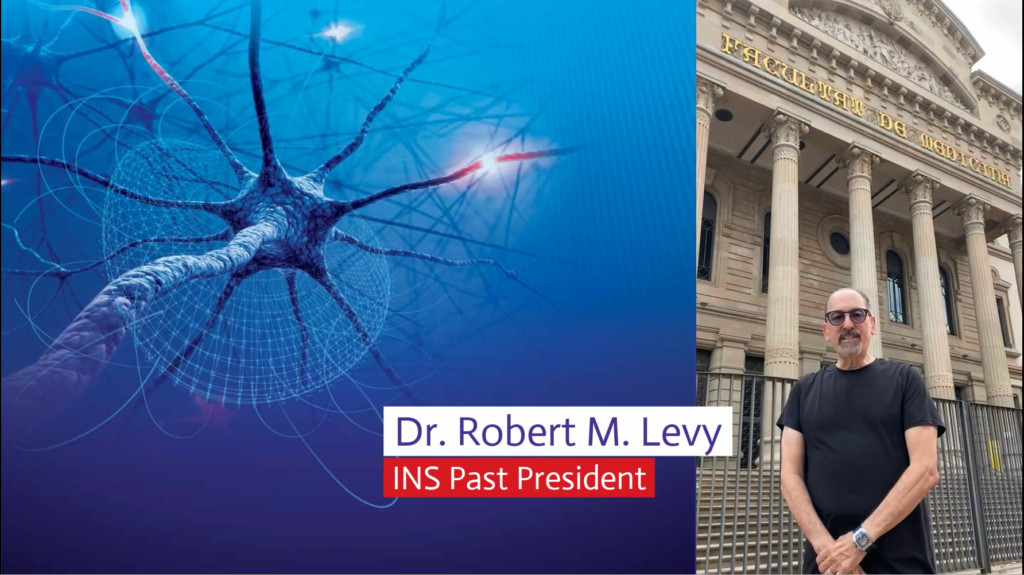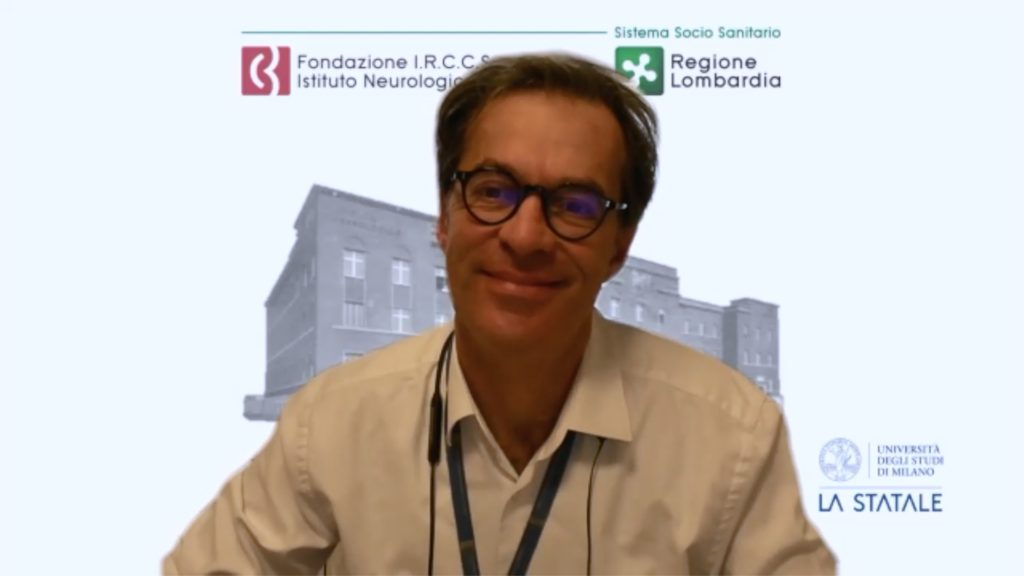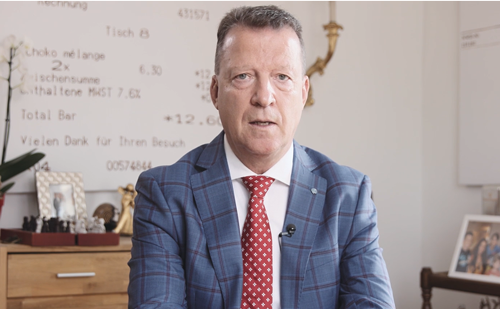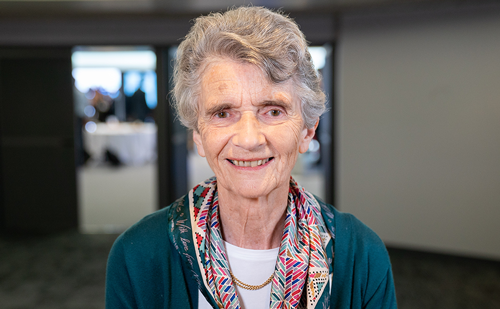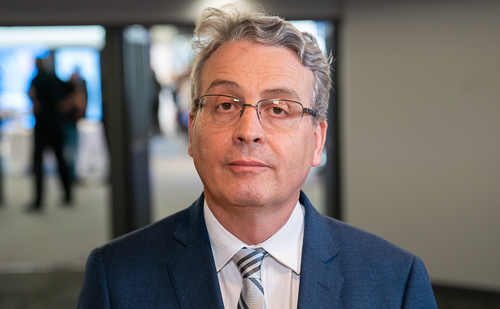touchNEUROLOGY coverage of data presented at EAN 2024:
The 10th Congress of the European Academy of Neurology was held on 29th June–2nd July 2024 in Helsinki, Finland. As with every year, the EAN Congress covered a wide array of topics in neurology. Key data presented at the congress not only highlighted significant advancements in these areas but also provided insights that could shape future clinical practices.
Dr Miguel Miranda (Unidade Funcional de Neurologia, Hospital de Cascais Dr. José de Almeida, Cascais, Portugal) joins touchNEUROLOGY to discuss key topics and highlights from the Late-Breaking News session he chaired at EAN, as well as unmet medical needs in dementia, aging and movement disorders.
Questions:
- What were the main themes of this year’s EAN Congress? (0:29)
- What are the unmet needs for the treatment and management of patients with dementia, and how did the speakers from the Late-Breaking News session address these? (1:46)
- What are the unmet needs for the treatment and management of patients with movement disorders, and how did the speakers from the Late-Breaking News session address these? (4:40)
- What do you think should be the main aims for EAN in the coming year for dementia, aging and movement disorders? (7:24)
References and associated abstracts:
- Broncel A, et al. Auricular vagal nerve stimulation in patients with mild cognitive impairment due to Alzheimer‘s disease. 10th Congress of the European Academy of Neurology 2024.
- Pourhadi N, et al. Opioids and dementia; nationwide Danish population-based study. 10th Congress of the European Academy of Neurology 2024.
- Stiehm M, et al. The diagnostic value of transcranial ultrasound in Swedish parkinsonism patients: a retrospective cohort study. 10th Congress of the European Academy of Neurology 2024.
- Bremova-Ertl T, et al. Long-term findings of N-acetyl-L-leucine for Niemann-Pick disease type C. 10th Congress of the European Academy of Neurology 2024.
- Nedelska Z, et al. Alterations in BDNF and plasmin-related proteins are associated with regional brain atrophy in alpha-synucleinopathies. 10th Congress of the European Academy of Neurology 2024.
- Bremova-Ertl T, Ramaswami U, Brands M, et al. Trial of N-Acetyl-l-Leucine in Niemann-Pick Disease Type C. N Engl J Med. 2024;390:421–31. DOI: 10.1056/NEJMoa2310151
- European Academy of Neurology. Brain Health Mission. www.ean.org/brain-health-mission (accessed 19 July 2024).
Disclosures: Dr Miguel Miranda has no actual or potential conflicts of interest in relation to this video, or in connection with the (EFPIA) HCP Code.
This content has been developed independently by Touch Medical Media for touchNEUROLOGY. It is not affiliated with the European Academy of Neurology (EAN). Views expressed are the speaker’s own and do not necessarily reflect the views of Touch Medical Media.
Transcript:
My name is Miguel Miranda. I’m a fifth year neurology resident from Portugal, and I currently serve as a member of EAN’s programme committee, which is the committee responsible for organizing the scientific part of the Congress. I also serve as a member of the editorial board of Continuum: Lifelong Learning in Neurology from the American Academy of Neurology.
What were the main themes of this year’s EAN Congress?
Every year the EAN Congress has what we call the ‘overarching theme’. And this year’s overarching theme was neuromodulation. So we heard a lot about neuromodulation.
But apart from neuromodulation, I would say that I do need to highlight that autonomic dysfunction was one of the biggest highlights in the congress. Especially because this year, the EAN Congress was a joint initiative with the European Federation of Autonomic Societies. So we do have a lot of sessions on this dysautonomia, which I think were great, especially coming from a general neurologic background. It’s something that we, most of the time, don’t know much about. And these sessions were very important, I would say.
And dementia was also a very important topic in in the congress as well. We we got to to to learn about the new therapies for Alzheimer’s disease, and we also have a great session on dementia prevention. We also have a very interesting session on the interplay of sleep and sleep disturbances on the risk of converting to dementia. But I’m totally biased because sleep medicine and dementia are are actually my main fields of interest in neurology.
What are the unmet needs for the treatment and management of patients with dementia, and how did the speakers from the Late-Breaking News session address these?
When we talk about unmet needs for patients with dementia, I think we do need to cover two points.
We need to cover the dementia prevention and the risk of converting to dementia. We actually know that there are several lifestyle risk factors that impact the risk of progression from MCI [mild cognitive impairment] to dementia. And we currently have a lot of information on how we can prevent dementia.
The other unmet need is, of course, disease-modifying treatments for these dementias, especially Alzheimer’s since it’s the most frequent at the moment. We are, indeed, in a very interesting moment in the history of neurology because we have these new drugs that seem to have some effect as disease-modifying drugs for Alzheimer’s [disease], but we still have a long way to go.
In EAN 2024, I actually had the opportunity to chair one of the late-breaking sessions. In that session, there was a very interesting presentation from Adam Broncel from Poland on the impact of transauricular vagal air stimulation for patients with MCI due to Alzheimer’s [disease]. This colleague presented his research on vagal stimulation in patients with MCI. It was a randomized controlled trial. They had two groups: one that was stimulated with vagal nerve stimulation during 26 weeks. And the other one was stimulated with placebo. And what this colleague was able to show was that patients under vagal nerve stimulation actually had a greater benefit in cognition measured by the change in the ADAS-Cog score all throughout the period of stimulation. This session was important because it showed that we now have non-invasive neuromodulation strategies that do seem to have some impact in modulating cognitive effect. And probably in the future we’ll see these strategies being used more broadly. As was mentioned in another session in the congress, the dementia prevention session by a colleague from Geneva, we are moving towards multimodal, preventive strategies. In Geneva they are going to launch what will be called the SWINGERS trial, which will embody a multimodal strategy including noninvasive brain stimulation, multivitamins and probiotics as a strategy to try to prevent dementia. But we’ll only have real feedback, real data, from this trial in 2030.
What are the unmet needs for the treatment and management of patients with movement disorders, and how did the speakers from the Late-Breaking News session address these?
It’s a little bit hard to try to conglomerate all movement disorders altogether because they are very different. We have the hypokinetic. We have the hyperkinetic patients, and they they are very different. So sometimes their needs are not the same.
During the the late-breaking sessions, in my session, I had the opportunity to watch a presentation on a new treatment for Niemann-Pick type C, which is quite a rare disease. It was interesting. The results were already published in the New England Journal of Medicine quite recently. And this presentation was about the follow-up of those patients; the continuation of treatment with this new disease-modifying drug for Niemann-Pick type C.
But if I am to talk about unmet needs of patients with movement disorders, I would probably stress the lack of disease-modifying drugs for these patients altogether. I think that, throughout the congress, there was a very interesting and important session on the new definition of Parkinson’s [disease]. This discussion about the definition of Parkinson’s [disease] has already been approached in the MDS Congress. As we move forward with science, we we are changing the way we define Parkinson’s [disease]. Until this moment, we define it clinically, but we are starting to look at Parkinson’s [disease] from a biological perspective, just like we have done to Alzheimer’s [disease]. In this congress, I think it was Professor Klein that presented the the SynNeurGe classification, which is pretty much the equivalent to the ATN classification for Alzheimer’s [disease]. So it’s pretty much trying to define patients with Parkinson’s [disease] resorting to biological biomarkers. And by biological biomarkers I mean simplification assays for alpha synuclein detection and imaging studies. By being able to define these patients from a biological perspective, we will be able to diagnose these patients sooner in prodomal phases and include these patients earlier in clinical trials. I don’t think this classification will have a great impact on a clinical practice, but it will certainly have a great impact on research and will allow enrolling patients in earlier phases in these clinical trials allowing for more trials on neuropreventive and neuroprotective drugs, which we do hope for, and which I do believe is the the biggest unmet need for patients with movement disorders.
What do you think should be the main aims for EAN in the coming year for dementia, aging and movement disorders?
I would say that dementia and aging and movement disorders are always a priority for EAN, especially in the latest years because, all throughout the past 2 years we’ve been launching the the Brain Health Initiative. The Brain Health Initiative is an initiative from the European Academy of Neurology, but it’s also something that is endorsed by other scientific societies within neurology, like the American Academy of Neurology. We cannot talk about brain health without talking about prevention of dementia, which will be one of the most significant pandemics for the remaining century. As we move forward, and especially as we study prevention of dementia and as studies [for] new disease-modifying drugs for Alzheimer’s [disease] are being published and are being recognized, these topics will, of course, be covered in the upcoming events of the EAN, for sure.
Apart from these topics that will always be covered in in the EAN events, I must recognize that next year in Seville we are going to have a very interesting overarching theme on neurology and and society. We cannot talk about neurology and society without talking about the demographic effects of dementia within the population. I think those topics will certainly be discussed at EAN next year in the congress in Seville.
EAN is a great platform to showcase our research as residents, as fellows or as neurologists who conduct research. So I do encourage everyone to send their works for presentation at EAN because we like to embody EAN as the home of neurology. And I think in Finland, in Helsinki, we were able to do so, and we would be very happy to see the same effect in Seville.
Interviewer/Editor: Helen Bowden/Gina Furnival
Cite: Miranda M. EAN 2024: Late-breakers in movement disorders, aging and dementia. touchNEUROLOGY. July 30 2024.

